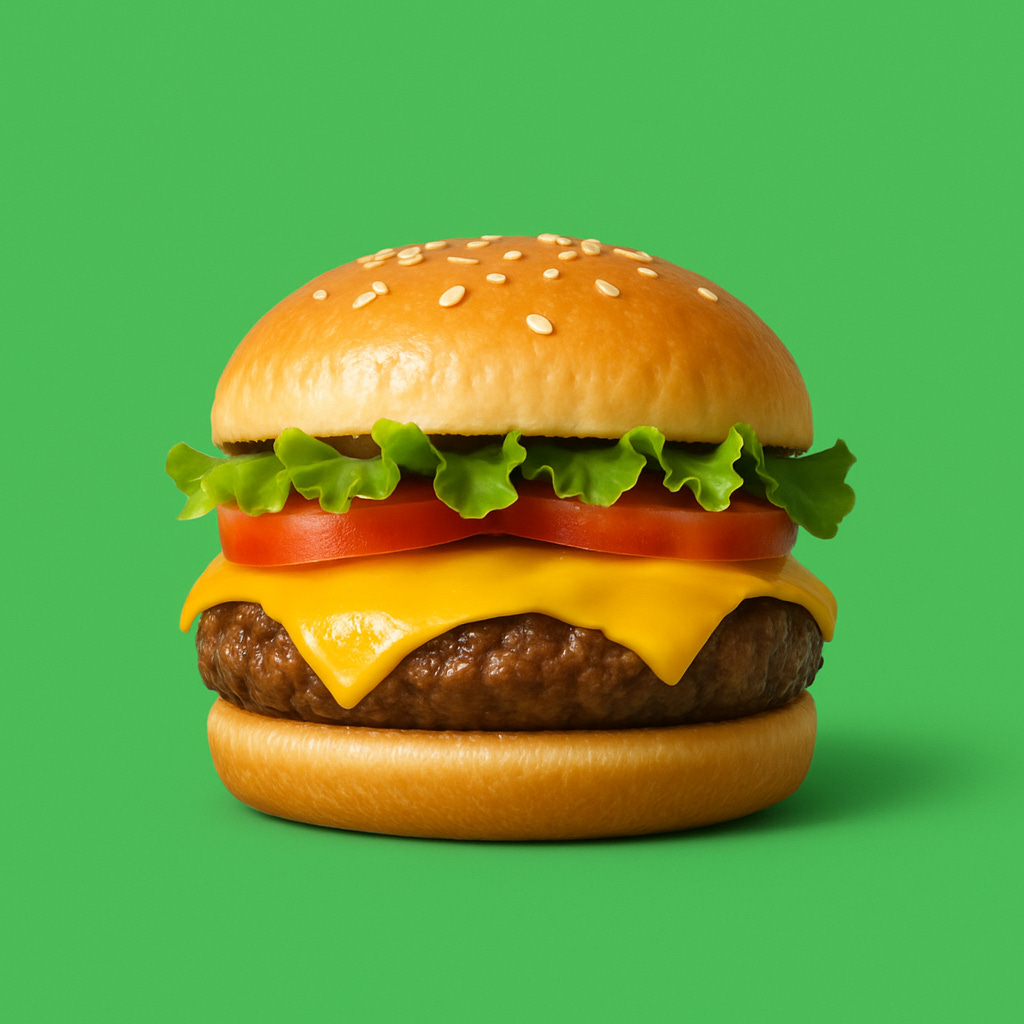BiteSight's TikTok Success Proves Why the Creator Economy is a Trap (And Why Most Apps Will Fail at It)
"It's just a cooking video."
"Just leverage TikTok for growth" — Ughh... While BiteSight's meteoric rise through TikTok marketing is being celebrated as the new playbook for app success, here's why this creator economy gold rush is actually a dangerous trap that will destroy most startups who attempt it.
1. You're Building on Someone Else's Foundation
It's almost the same as building your house on rented land — you get to decorate the rooms but someone else owns the ground beneath you. Sure, BiteSight managed to crack TikTok's algorithm and soar up the App Store rankings with their food video concept. But what happens when TikTok changes their algorithm tomorrow? What happens when they decide food content isn't priority anymore?
BiteSight might be celebrating now, but they're dancing on quicksand. Every day they don't diversify their acquisition channels is another day closer to potential disaster.
2. The Creator Economy Demands Constant Content Feeding
Here's what nobody tells you about TikTok success: it's like feeding a monster that never gets full. You need fresh content daily, trending audio weekly, and constant engagement to maintain visibility. BiteSight isn't just a food delivery app anymore — they're a content production company that happens to deliver food.
Do you know what that means for their burn rate? I've seen their type before. They're probably spending 30-60% of their marketing budget on content creation, influencer partnerships, and community management. Meanwhile, their core product development is likely getting shortchanged because everyone's focused on the next viral video.
The math doesn't work long-term. You can't build a sustainable unit economics model when your primary acquisition channel requires Hollywood-level content production costs.
3. Viral Growth Creates Hollow User Bases
Viral users are tourists, not residents. They download your app because they saw a cool TikTok, play around for a day or two, then move on to the next shiny thing.
True product-market fit creates organic word-of-mouth growth. If BiteSight's growth is primarily driven by TikTok trends rather than genuine product love, they're building a castle made of digital sand.
4. You're Competing in an Attention Arms Race
Every brand is now fighting for the same TikTok eyeballs. What made BiteSight special six months ago — food videos before ordering — is already being copied by every food delivery competitor. DoorDash has unlimited marketing budget. Uber Eats has unlimited marketing budget. How exactly does a Y Combinator startup win that arms race?
The attention economy is winner-take-all, and usually the winner is whoever has the deepest pockets, not the best product.
BiteSight succeeded because they were early to the food-video trend. But being early to a trend is luck, not strategy. Sustainable businesses are built on defensible competitive advantages, not trending hashtags.
5. The Creator Economy Distracts from Real Innovation
Here's the problem with BiteSight’s growth: it sends the wrong message to new entrepreneurs. Instead of focusing on solving genuine problems or creating breakthrough technology, founders are now asking me, "How do we make our B2B software go viral on TikTok?"
When your marketing strategy becomes more important than your product strategy, you're no longer building a company — you're building a marketing campaign.
Real innovation happens when you obsess over customer problems, not social media algorithms. The most successful investments in my portfolio are companies that built something genuinely valuable, then figured out sustainable ways to reach their market. Not the other way around.
The Hard Truth About Sustainable Growth
Sustainable growth comes from product-market fit, not viral-market fit. It comes from solving real problems better than existing solutions, not from creating better content than existing creators. The companies that will still be here in five years are building distribution advantages that can't be algorithm-ed away.
If you're a founder reading this, learn from BiteSight's creativity, but don't copy their strategy. Build something people actually need, price it sustainably, and create genuine competitive moats. The TikTok gold rush will end, but great products endure forever.
Focus on building a business, not chasing the next viral moment. Your future self (and your investors) will thank you.


